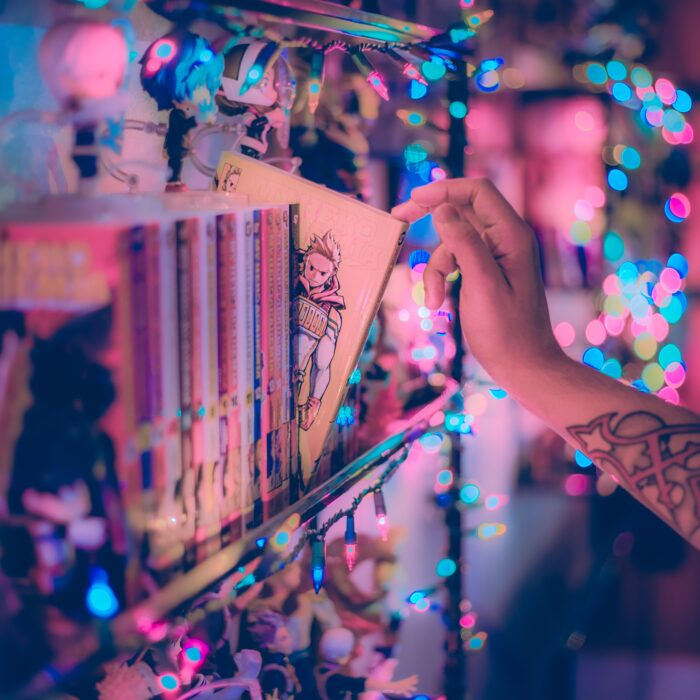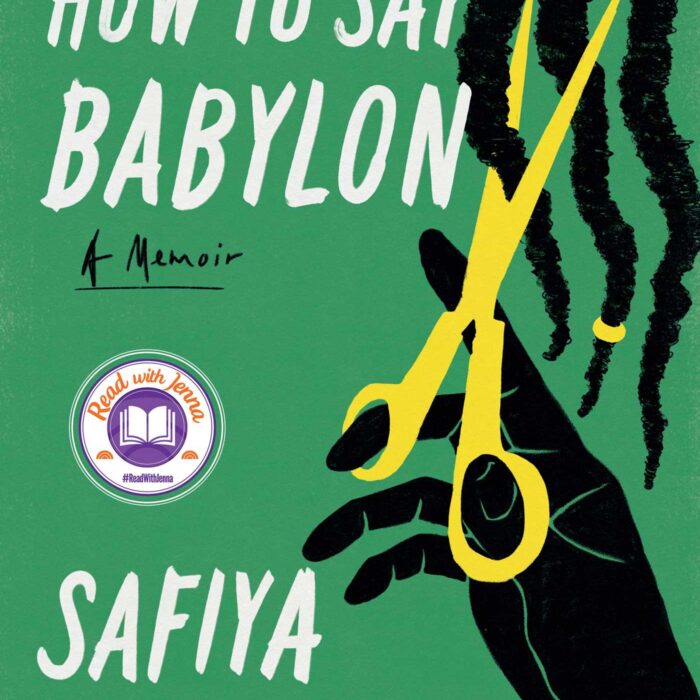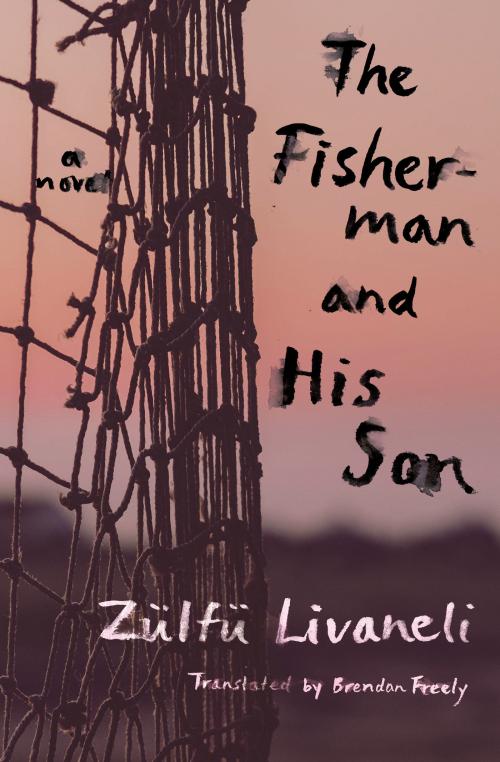You have no items in your cart. Want to get some nice things?
Go shopping“What?”
“Japan is coming here.”
“What are you talking about?”
“The earthquake,” Oliver said. “It moved the coast of Japan closer to us.”

Ruth Ozeki’s latest novel is about movement, but not as we know it. It’s about sitting still but still traveling, remaining stationary as the world transcends through you. Be it the movement from past to present, from life to death or, as in the case of one diary nestled within a red Hello Kitty lunchbox, from Japan to Whaletown, a settlement on Cortes Island, British Columbia.
The novel follows the, admittedly relaxed, attempts of novelist Ruth (see what she did there?) to decipher the meaning of the diary, whilst also battling with a lack of artistic inspiration that has rendered her jealous of practically all of the island folk’s lives.
But it is in the voice of Nao, the 16 year old author of the diary, where A Tale for the Time Being becomes noteworthy. Practically everything she writes is imbued with humour, pathos, depth, and it is a pity that Ruth’s ponderous, slow and intrusive passages compromise an already wonderful tale. (The problem here comes not from the presence of the metafictional editor, but from her characterisation. This trick can often be fascinating and hilarious, but not when they are so melancholic.)
“At night, in bed, Ruth would often read to Oliver. It used to be that when she’d had a good writing day, she would read aloud what she’d just written … It had been a long while, however, since she’d had a day like that or shared anything new.”
Ruth’s relationship with her husband, Oliver, is at once tenderly realistic and unrealistically rote. At times, Oliver appears to be in the novel simply so that Ozeki can bounce pedantic exposition between her characters and mask it as dialogue:
“It’s kind of ironic,” Oliver said, shucking one for himself. “This Pacific oyster isn’t native.”
She knew this. Everybody knew this. It was impossible to live on the island and not know this. Oyster farming was the closes thing they had to an industry, now that the salmon run was depleted and the big trees had been cut.
“They were introduced in 1912 or ’12,” he said, “but didn’t really acclimate until the thirties. But once they did, they took over. Crowded out the smaller species.”
“Yes,’ she said. “I know.”
What is infuriating here is the amount of times we, as readers, are reminded that this conversation is familiar to the characters. Nothing new is being said, so why bother. “Timing,” as Nao advises, “is everything.”
And yet, despite this, an intriguing mystery propels the majority of their narrative: who exactly is Nao? When did she live? Did she, as she declares early on, go through with her suicide? “I think it’s important to have clearly defined goals in life, don’t you?” she jokes. Did she and her family die during the earthquake that ripped Fukushima in two? And why, oh why, do the barriers between Ruth and Nao’s lives seem to progressively blur and become one?
One hesitates before calling this a “novel of ideas”, which presupposes an imbalance toward themes over character, but it would be impossible to truly enjoy the novel without contemplating the deeper meaning Ozeki forces us to encounter. The novel is at its absolute best when themes collide head on with life. When coincidence, transience, duality, echo, myth, similarity, step in and shake Nao’s life and the veracity of storytelling takes control. Ozeki, fittingly, leaves it to Nao to tell us:
Jiko nodded, like she was agreeing with me. “Up, down, same thing,” she said.
It’s a typical Jiko comment, all about pointing to what she calls the not-two nature of existence when I’m just trying to watch some cute guys surfing…
It is also worth taking into consideration the author, Ruth Ozeki – who is also married to a man named Oliver, who is also Japanese and North American, who is a novelist and a Zen Buddhist priest. The novel seems almost like a Zen koan, a parable on the pleasures of sitting still and allowing the world to pass through you, rather than you through it. Because, as the novel shifts us from Ruth to Nao, from Nao to the second world war, from Ruth to the passing shores of British Columbia, we begin to realise that everywhere is the same as here, and that this a novel about us, the time being, and for the moment, the time being.
“By the time you read this everything will be different, and you will be nowhere in particular, flipping idly through the pages of this book, which happens to be the diary of my last days on earth.”
Ruth Ozeki’s A Tale for the Time Being was published in 2013.

David Whelan
David Whelan is a fiction writer and journalist based in London, England. He was formally Litro's Reviews Editor and Fleeting Magazine's Interviews Editor. Currently, he writes for Vice's food vertical, Munchies. He is one of Untitled Books's "New Voices" and his fiction has also appeared in 3:AM Magazine, Shortfire Press and Gutter Magazine, among others. He holds an MA in Creative Writing from UEA.




